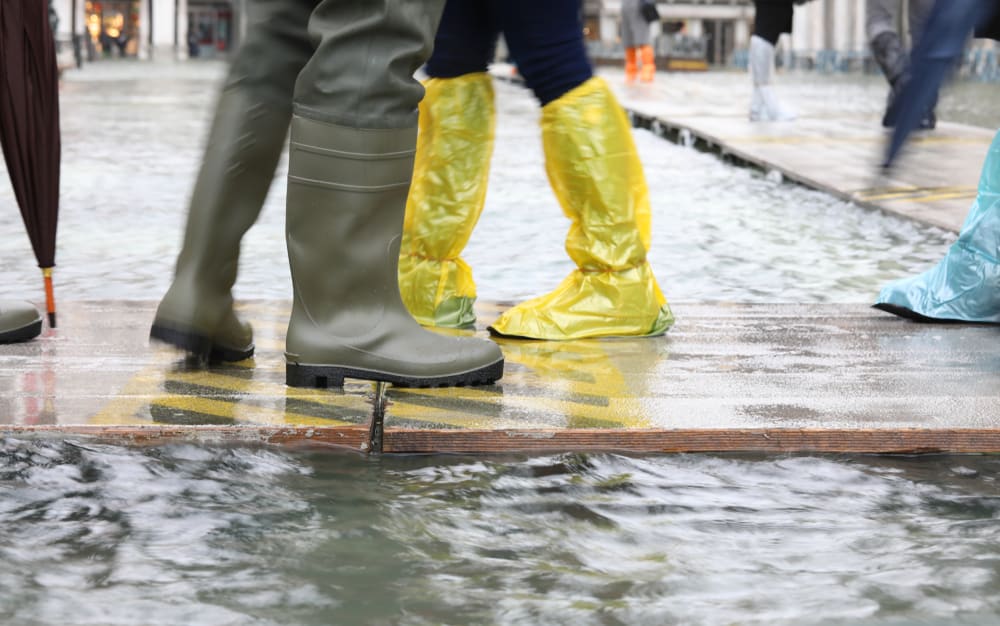
You do not need to change or adjust your shoe size to accommodate Orthotics/shoe lifts. That’s because your pedorthist will custom build the lift to fit your shoe. The aim of the Lift is not just for height adjustment, but comfort as well, and a larger shoe could make you uncomfortable.
Even those off the shelf are built to fit with ease into your regular shoes.
Choosing the Right Shoes for Your Shoe Lifts
It’s important to choose the right footwear for your daily activities, and this depends on your unique body mechanics and needs. For the most part, shoes with a good deal of cushioning and support can help alleviate your discomfort.
Regardless of the type of shoe you choose, a perfect fit is essential. Consider the heel’s height, depth, length, and breadth of the shoe. The depth of the shoe could be the deciding element in whether or not you can hide a lift for a structural Leg Length Discrepancy, LLD.
Make certain the footwear you choose has a detachable insole with a good thickness or that the footwear doesn’t squeeze your feet.
Your pedorthist can provide advice tailored to your unique foot pattern and primary purpose. You’ll work with the pedorthist to figure out how much lift is needed and if it can be hidden inside the footwear or directly applied to the shoe’s midsole.
Getting Shoe Lifts off the Shelf
In the case of OTS or off-the-shelf orthotics, pre-made gadgets can be used straight away. Modification is quick and easy thanks to the orthotic’s heat moldability. You can distinguish genuinely custom-made leg orthoses by the fact that they are built on a three-dimensional model of one’s feet.
They can be made to fit your specific needs with this sort of orthotic. If a structural LLD is found, off-the-shelf devices can be modified to work with a shoe lift, according to your symptoms as well as dynamics.
In circumstances where the Off the shelf device provides adequate support and cushion to solve the issue, it may be sufficient. Off the shelf may provide some assistance, but if it doesn’t give adequate stability, or it just doesn’t compliment your foot shape adequately, custom may be the best option.
How Do You Put Lifts On Your Shoes?
It is possible to apply the lift in two ways: directly to the shoe’s midsole or inside the shoe, depending on how much lift is needed.
Addition of Shoe Lifts or Orthotics to Footbed
Lifts to roughly 1cm can be inserted into the shoe if it has enough depth and volume. An insole or orthotic can be used to hide the lift under the shoe, so there’s no extra weight to worry about.
Adding Shoe Lifts to The Midsole
Generally, when shoe lifts are greater than 1 cm, they are applied to the midsole. A comprehensive lift is applied and the base is reconnected to the midsole to lock the lift between them if that’s the situation.
A Certified Pedorthist can conduct this method of shoe lift, which is suited to the boot’s style, to promote the shoe’s esthetic appearance. Leg length discrepancies necessitate a specific amount of lift in the shoes.
A scanogram x-ray is an excellent tool for obtaining an accurate structural LLD measurement.
This is a useful starting point for estimating the height of your shoe lift because it provides an accurate measurement of the bones in the leg. A starting point for lift height can also be determined using in-clinic tape measurement methods.
What Factors Affect the Required Lift?
Several factors determine the shoe lift that you’ll need including:
Surgery-Induced Length Disparities
If a surgery like a knee or hip transplant has caused the leg length discrepancy, a comprehensive lift can often handle the entire amount of the imbalance.
To put it another way, we can typically deliver the complete 1 cm lift to your right leg if the limb is longer after surgical procedure, however, it is extremely convenient.
Congenital Leg Length Disparities
When the difference is hereditary (from birth) yet not discovered until years later, it is typically not well managed to provide a shoe lift for the total amount of the disproportion.
Full-height shoe lifts are inconvenient since the body will naturally acclimate to the height difference. In these cases, we often start with 60% to 70% of the gap and adjust it based on how things appear and feel at the follow-up.
Legs that Aren’t Equal in Length
During periods of strenuous activity, it is essential to wear proper footwear that provides enough support and cushioning. Because of LLD, you must wear sympathetic footwear with the correct lift for your shoe.
Ask your pedorthist about a shoe that is suitable for one’s foot shape and the tasks that you plan to participate in. While striving to alleviate your discomfort, it is important to exercise cautiously and under the supervision of a skilled professional.
Various Measurements of Leg Length
After your first appointment, a pedorthist will collaborate with you to bring you back to feeling your best. In the time it takes for your personalized foot orthoses to be made, the pedorthist will interact with you to increase your relaxation both at home and on the go.
The Bottom Line
The footwear and pastimes you choose might become your closest buddy or worst adversary, and you have no idea! An off-the-shelf boost can often be offered for use in your footwear while you await your personalized lift, tailored foot orthoses, or footwear alteration.






